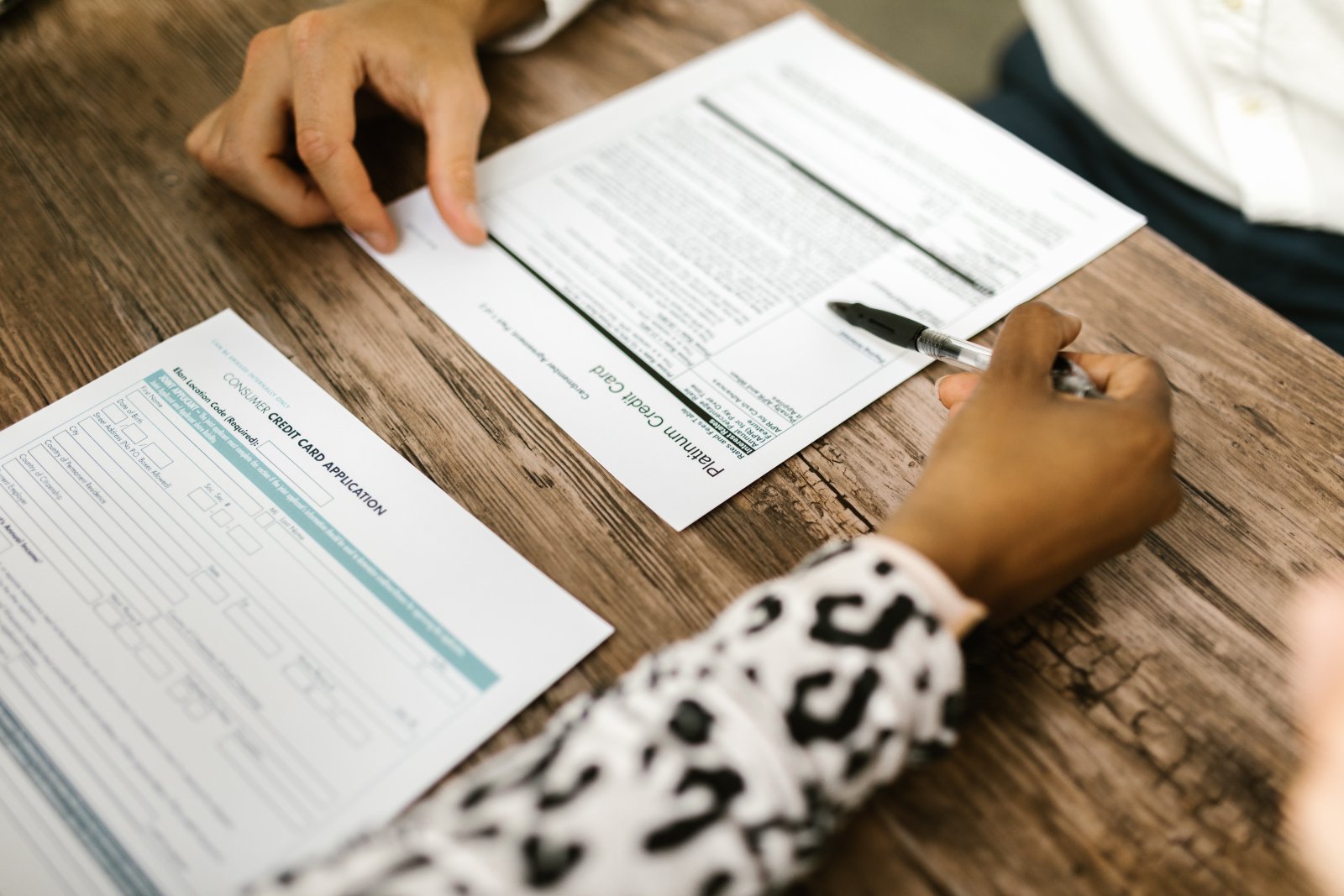Who is on the Traditional Accrual Sick Leave plan?
Only classified employees who:
- were hired BEFORE January 1, 1999, AND
- selected the accrual sick leave program
This plan is no longer offered to ODU employees (as of January 1, 1999). Only employees who are "grandfathered in" remain on the accrual sick leave plan.
All employees hired after January 1, 1999 and those who opted to enroll in VSDP are under the Virginia Sickness and Disability Program.
How do I earn sick leave?
Under the accrual system, classified full-time employees earn sick leave each pay period (as outlined below). Part-time classified employees in the accrual sick leave program also receive sick leave on a prorated basis for each pay period of service.
- Sick leave is earned each pay period at the rate of five (5) hours per pay period.
- The accrual is credited at the end of the completed pay period. Pay periods are the 10th through the 24th and the 25th through the 9th of the following month.
- There is no maximum accrual amount.
Sick leave is not accrued during the pay period when:
- an employee is on unauthorized leave for any part of the pay period;
- an employee is on suspension without pay for any part of the pay period;
- an employee is on leave without pay for any part of the pay period;
- an employee is hired after the first day of the pay period;
- an employee has insufficient leave balances to cover the absence;
- an employee has been absent for 90 consecutive calendar days, regardless of the type of leave to which the absence is charged.
When can I use my sick leave?
Employees are encouraged, when possible, to schedule medical appointments during non-work hours. Sick leave applies to the time required for the medical appointment plus reasonable travel time. Supervisors may request a physician's verification of the medical appointment to cover the period missed.
All leave time must be earned or allotted before it can be used by the employee.
All accrued sick and annual leave is not available for use until the first day of the following pay period after it is accrued. No leave of absence with pay shall be granted in anticipation of future leave accruals or allotments. As far as practicable, leave shall be granted at the time requested by the employee. Leave shall be requested in advance and is subject to the needs of the department. Where the need for or time of an absence cannot be anticipated (i.e. illness) and where conditions warrant, the supervisor may approve leave after an absence.
Valid Health Reasons to Use Sick Leave:
Sick leave will allow employees to continue to receive full pay when they take time off from work for health-related reasons. Accrued sick leave is a privilege to be used for valid health reasons and may be taken for any one of the following purposes:
- an illness or injury incapacitating the employee from performing his or her duties;
- an exposure to contagious disease such that the employee's presence at work could jeopardize the health of others;
- a physician's appointment for examination and treatment related to health (this includes medical, dental, and optical appointments);
- conditions or health problems that prevent employees from performing their duties, including those caused or contributed to by pregnancy or childbirth;
- an illness or death in the immediate family.
Supervisor Verification of Sick Leave
Supervisors may request a physician's certification of illness which indicates that the employee is temporarily unable to work and the estimated period of absence when employees are out for personal health reasons. If a supervisor requests an employee to produce a physician's statement to verify absences for health reasons, and the employee fails to produce the verification, the supervisor can charge the employee's annual leave balance or consider the leave to be unauthorized. Disciplinary action may also be taken.
Who is considered "immediate family"?
"Immediate family" is defined as parents, spouse, children, brother or sister, or any relative (either blood or by marriage) living in the household of the employee. Step-parents, step-children, and step-siblings are also included in the definition of "immediate family."
- The sick leave policy restricts the use of accrued sick leave for illness or death of an immediate family member to 48 hours (6 days) in the 12-month period from January 10 through January 9.
- Employees cannot use personal sick leave for short-term family illnesses to avoid charging annual leave once they have reached the 48 hour limit.
Under the accrual sick leave policy, use of sick leave for maternity reasons is limited to the number of days certified by a physician as medically necessary. If additional leave time is requested beyond the period of medical disability, this time must be charged to annual leave, other paid leave, or leave without pay.
The Family and Medical Leave Act (FMLA) of 1993 requires the employer to give eligible employees job-protected leave for the birth, adoption, or foster care of a child; or the serious health condition of the employee or the employee's immediate family member. Employees who are approved for FMLA leave for qualifying family reasons may use up to 33% of their personal sick leave hours held at the beginning of the FMLA leave. Please refer to the Family Medical Leave guidelines for further information.
How do I earn sick leave?
Under the accrual system, classified full-time employees earn sick leave each pay period (as outlined below). Part-time classified employees in the accrual sick leave program also receive sick leave on a prorated basis for each pay period of service.
- Sick leave is earned each pay period at the rate of five (5) hours per pay period.
- The accrual is credited at the end of the completed pay period. Pay periods are the 10th through the 24th and the 25th through the 9th of the following month.
- There is no maximum accrual amount.
Sick leave is not accrued during the pay period when:
- an employee is on unauthorized leave for any part of the pay period;
- an employee is on suspension without pay for any part of the pay period;
- an employee is on leave without pay for any part of the pay period;
- an employee is hired after the first day of the pay period;
- an employee has insufficient leave balances to cover the absence;
- an employee has been absent for 90 consecutive calendar days, regardless of the type of leave to which the absence is charged.
When can I use my sick leave?
Employees are encouraged, when possible, to schedule medical appointments during non-work hours. Sick leave applies to the time required for the medical appointment plus reasonable travel time. Supervisors may request a physician's verification of the medical appointment to cover the period missed.
All leave time must be earned or allotted before it can be used by the employee.
All accrued sick and annual leave is not available for use until the first day of the following pay period after it is accrued. No leave of absence with pay shall be granted in anticipation of future leave accruals or allotments. As far as practicable, leave shall be granted at the time requested by the employee. Leave shall be requested in advance and is subject to the needs of the department. Where the need for or time of an absence cannot be anticipated (i.e. illness) and where conditions warrant, the supervisor may approve leave after an absence.
Valid Health Reasons to Use Sick Leave:
Sick leave will allow employees to continue to receive full pay when they take time off from work for health-related reasons. Accrued sick leave is a privilege to be used for valid health reasons and may be taken for any one of the following purposes:
- an illness or injury incapacitating the employee from performing his or her duties;
- an exposure to contagious disease such that the employee's presence at work could jeopardize the health of others;
- a physician's appointment for examination and treatment related to health (this includes medical, dental, and optical appointments);
- conditions or health problems that prevent employees from performing their duties, including those caused or contributed to by pregnancy or childbirth;
- an illness or death in the immediate family.
Supervisor Verification of Sick Leave
Supervisors may request a physician's certification of illness which indicates that the employee is temporarily unable to work and the estimated period of absence when employees are out for personal health reasons. If a supervisor requests an employee to produce a physician's statement to verify absences for health reasons, and the employee fails to produce the verification, the supervisor can charge the employee's annual leave balance or consider the leave to be unauthorized. Disciplinary action may also be taken.
Who is considered "immediate family"?
"Immediate family" is defined as parents, spouse, children, brother or sister, or any relative (either blood or by marriage) living in the household of the employee. Step-parents, step-children, and step-siblings are also included in the definition of "immediate family."
- The sick leave policy restricts the use of accrued sick leave for illness or death of an immediate family member to 48 hours (6 days) in the 12-month period from January 10 through January 9.
- Employees cannot use personal sick leave for short-term family illnesses to avoid charging annual leave once they have reached the 48 hour limit.
Under the accrual sick leave policy, use of sick leave for maternity reasons is limited to the number of days certified by a physician as medically necessary. If additional leave time is requested beyond the period of medical disability, this time must be charged to annual leave, other paid leave, or leave without pay.
The Family and Medical Leave Act (FMLA) of 1993 requires the employer to give eligible employees job-protected leave for the birth, adoption, or foster care of a child; or the serious health condition of the employee or the employee's immediate family member. Employees who are approved for FMLA leave for qualifying family reasons may use up to 33% of their personal sick leave hours held at the beginning of the FMLA leave. Please refer to the Family Medical Leave guidelines for further information.
Return to Work
Employees who have been out for extended periods of time for health reasons and who are able to return to work must provide the supervisor with a statement from their physician that they have been released to return to work.
Employee Separation
What happens to my sick leave when I leave ODU?
Under this program, when an employee with five+ years of state service separates from state service, they will be paid for 25% of their unused accrued sick leave - up to a maximum of $5,000.




